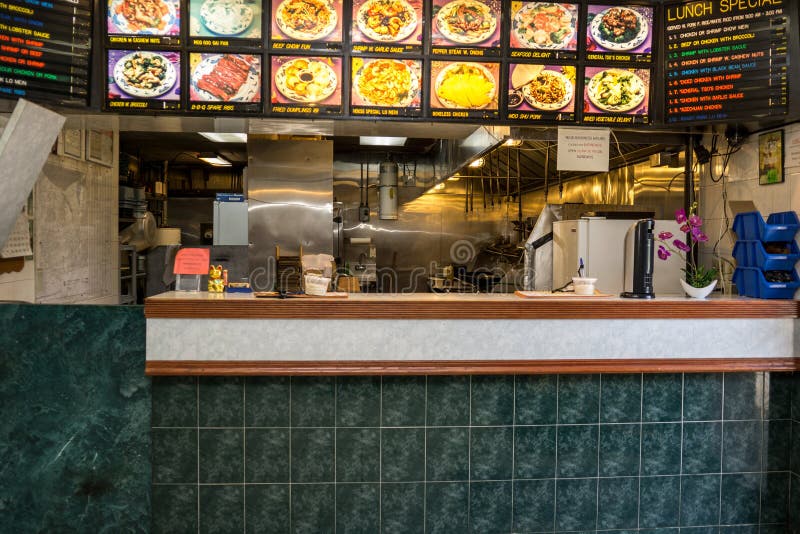

Japan annexed the Paracel and Spratly islands in 1941, claiming they were part of Japanese-occupied Taiwan.Īfter the U.S. The French garrison surrendered without a fight. But instead of deterring a Japanese move into the South China Sea, the French occupation of the Paracels provoked Japan, which landed a small naval infantry unit on Woody Island in 1938 just months after the French occupation. Both nations believed Japan’s war with China was merely a preliminary step toward seizure of European colonies in Southeast Asia. The French, concerned that either China or Japan might seize the islands, put a Franco-Vietnamese garrison of about 100 men on Woody Island in 1938 as a buffer to extend the defensive perimeter of France’s Indochina colonies.īritish authorities encouraged the French move because it also extended the defense perimeter of Britain’s Malaya colony. That changed in 1937 as Japan’s war with China-started in 1931 with Japan’s seizure of Manchuria-escalated when the Japanese pushed farther into China. France, a colonial power in Vietnam since 1858, established its claim on the Paracels and the nearby Spratly Islands in 1932 but wasn’t initially concerned about actually occupying them. The Amphitrite Group’s Woody Island, about 530 acres, is the largest of the Paracel islets.Īlthough both Vietnam and China trace their claims on the Paracel Islands to long-ago imperial dynasties, the roots of the modern Sino-South Vietnamese dispute lie in the 1930s and France’s colonial ambitions. Most of the islands are grouped in the northeast Amphitrite Group or the western Crescent Group, which are separated by 39 nautical miles. The total land area is about 3 square miles. The Paracel Archipelago consists of 130 coral islands, reefs and banks distributed across 5,800 squares miles of maritime area almost equidistant from China’s Hainan Island (162 nautical miles) and Vietnam’s port of Da Nang (200 nautical miles). A poster leaves no doubt about Vietnam’s position on the Paracels.

Beijing had decided to solve the Paracel Islands territorial dispute by force if the opportunity presented itself. China also ordered the deployment of two ocean-going minesweepers. 16, the fleet ordered two Hainan Island-based Kronstadt-class subchasers to rush Maritime Militia to the scene, officially to protect fisherman but more likely as part of a force buildup. The two fishing boats off Robert Island reported to China’s South Sea Fleet headquarters. This time the “fishermen” were members of the People’s Maritime Militia, a paramilitary arm of the Chinese navy. The latest Chinese activity, however, was the start of a new phase in an effort to seize all of the Paracels. Armed Chinese fisherman had all but driven South Vietnamese fishermen from the area, and at least two Chinese fishing boats had been caught operating in waters claimed by South Vietnam. Saigon believed it had blocked Beijing’s latest attempt in a six-month intimidation campaign to take the western half of the Paracel chain. South Vietnamese frigate Trần Bình Trọng HQ-5 and minesweeper Nhật Tảo HQ-10 arrived later. 407, forcing the heavily damaged craft to leave the area. 18, the two frigates rammed a Chinese fishing trawler, No. 17 and put a 40-man South Vietnamese SEAL unit on Robert Island and nearby Money Island to remove the Chinese flags.

He then shelled and destroyed the Chinese flags and a fish-processing site the supposed fishermen had placed there six days earlier. The ship’s commander ordered the Chinese to depart and fired warnings shots to make sure they understood his intentions. 16 and found it occupied by Chinese “fishermen” from two boats anchored offshore. Two days later, naval headquarters ordered frigates Lý Thường Kiệt HQ-16 and Trần Khánh Dư HQ-4 to investigate. 11, 1974, South Vietnamese officials received reports of Chinese activity on two of their islands in the Paracel Island chain. troops gone from South Vietnam, China made a move at sea in 1974, and the ripple effects are still being felt.


 0 kommentar(er)
0 kommentar(er)
